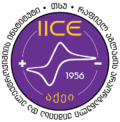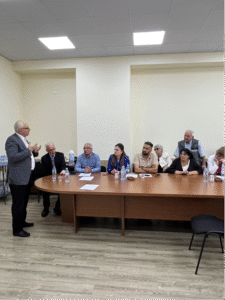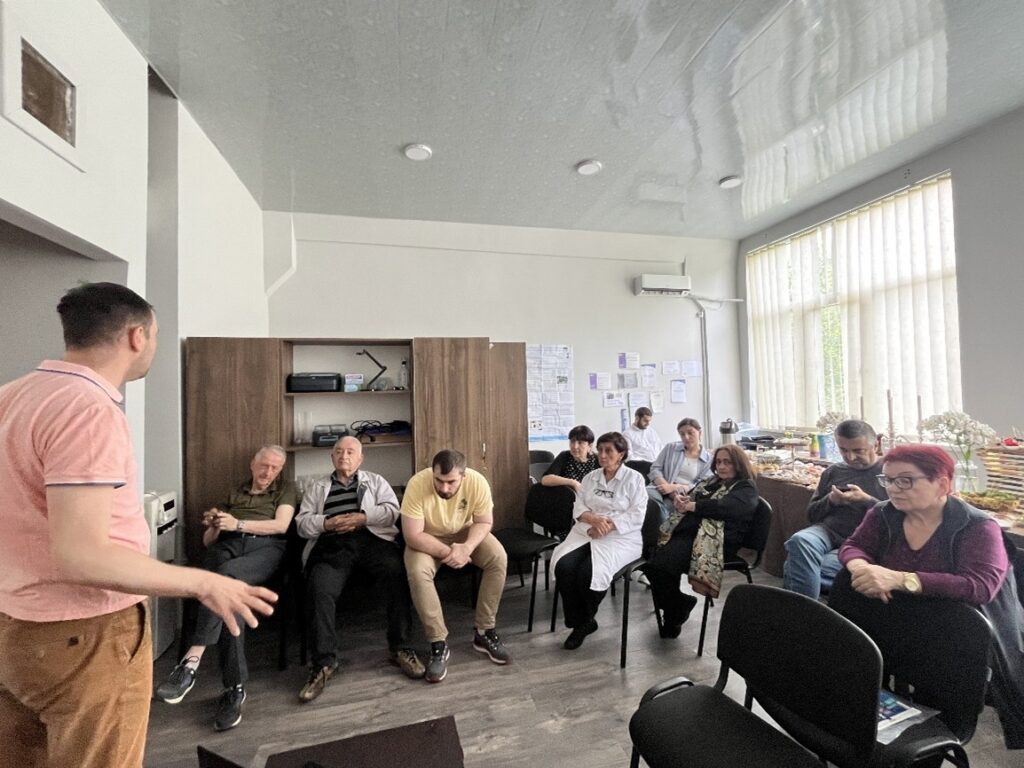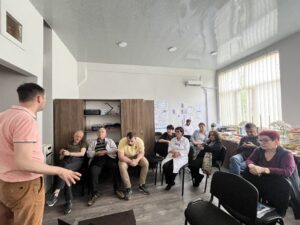Grant STEM-22-1751 29.05.2025
Shota Rustaveli Georgian National Science Foundation
Shota Rustaveli National Science Foundation of Georgia
Development of safe, biodegradable, universal, bionanocomposite new generation microfertilizers based on natural polysaccharides, for the development of future agriculture
The project aims to develop an integrated modern approach to the creation of new universal trophic low-dose manganese-containing bionanocomposites based on natural polysaccharides (carrageenans (including κ-carrageenan, l-carrageenan), starch) for targeted delivery of micronutrients and plant protection. The proposed project focuses on the development of manganese-containing nanomaterials that promote better absorption of fertilizers by plants at safe doses. Such organo-mineral fertilizers make it possible to obtain higher yields and, due to their slow action, resistance to leaching of micronutrients from the soil, while better absorption of nutrients also reduces their loss to the environment. It is undeniable that the safest and most eco-friendly approach is based on the use of natural biocompatible and easily biodegradable polysaccharide compounds for the synthesis of bionanocomposites. In turn, the obtained nanocomposites have a synergy of properties for stimulating plant development and their protection, in particular, antibacterial effects against phytopathogens, and are also non-toxic to the natural soil microbiome. The results obtained are of interest for the further development of new areas of nanochemistry for agriculture.
The following project results were presented during the seminar:
Natural polysaccharides have important properties, such as biocompatibility, non-toxicity, biodegradability, hydrogel formation, hydrotropism (the ability to increase the solubility of substances with low solubility), and many others. These properties have given a new impetus to the development of modern nanomaterials for agriculture. In addition to the obvious use of nanomaterials in enriching the soil with minerals, polysaccharide-based nanocomposites promote rapid seed germination, protect plants from various diseases, increase their resistance to various stress factors, help retain and transport water in plant tissues, and also increase crop yields, etc.
A bionanocomposite based on the natural polysaccharide ι-carrageenan and containing manganese oxide nanoparticles (size range 3–11 nm) embedded in a biopolymer matrix was synthesized. We have shown that this composite is distinguished by promising and important properties, which make it the basis for the creation of a new generation of safe, biodegradable and non-toxic multifunctional microfertilizers (with a manganese content of 0.7–1.5 wt.%), which will serve as a carrier of mineral microelements necessary for agricultural crops. One of the most important results is that the obtained nanocomposite has an antibacterial effect on the phytopathogenic bacterium Clavibacter michiganensis subsp. sepedonicus, and compared to the control sample, it inhibits the growth of this bacterium by 67%. The observed activity can be explained by the synergistic effect of the bioactive properties of the selected sulfated polysaccharide ι-carrageenan and the antibacterial activity of metal oxide nanoparticles.
The next stage of development includes studies on plants under aseptic laboratory conditions, as well as in open or protected soil, with the aim of creating solutions to overcome existing challenges in agriculture. In addition, the resulting bionanocomposites can be used to grow plants on artificial nutrient media containing a balanced composition of nutrient components, which is necessary to improve plant growth and development in cases where their cultivation is difficult under normal conditions. The use of such artificial nutrient media is of great importance for the design of autonomous life support systems, for example, for long-term space flights.






